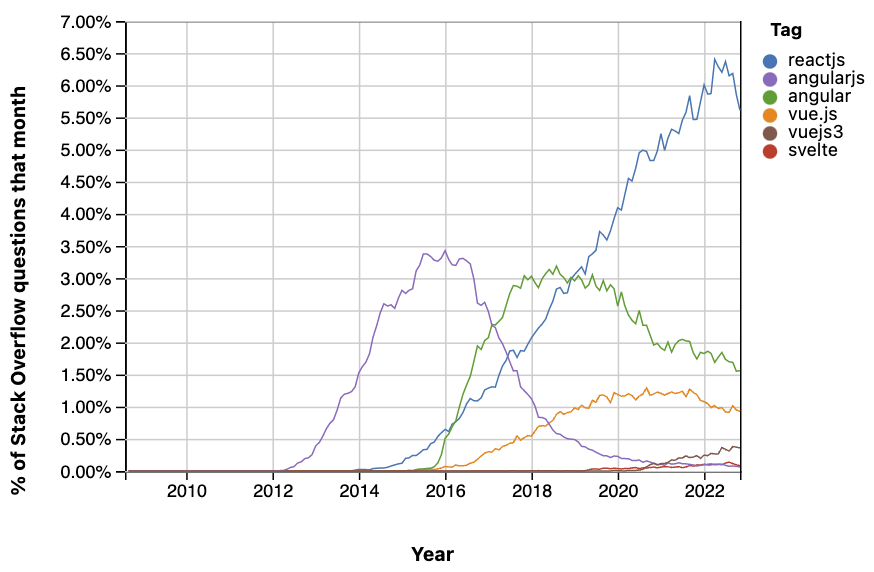The PATH is an important concept when working on the command line. It's a list
of directories that tell your operating system where to look for programs, so
that you can just write script instead of /home/me/bin/script or
C:\Users\Me\bin\script. But different operating systems have different ways to
add a new directory to it:
- The first step depends which version of Windows you're using:
- If you're using Windows 8 or 10, press the Windows key, then search for and

